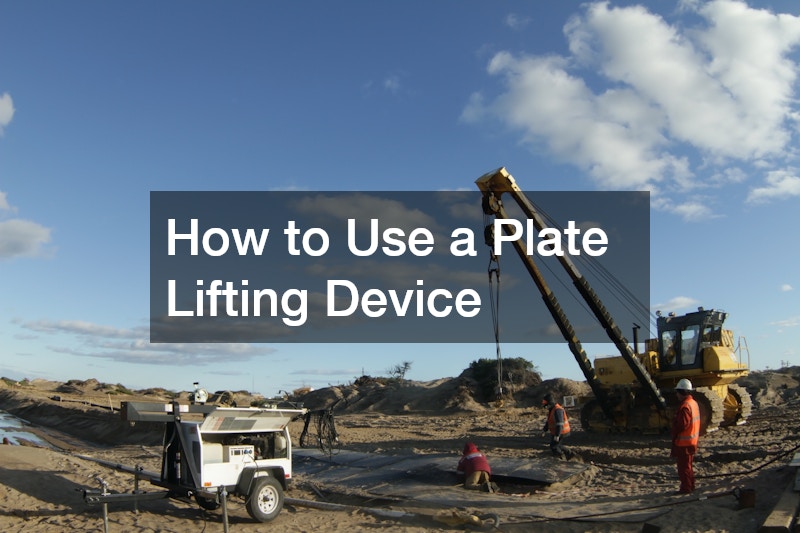A plate lifting device is an essential tool in various industries, such as construction, manufacturing, and shipping, where heavy, flat materials like steel or concrete plates need to be lifted and transported safely. Proper usage of these devices ensures the safety of operators and the integrity of the materials being handled. Here is a step-by-step guide on how to use a plate lifting device effectively.
1. Understand the Equipment
Before using a plate lifting device, familiarize yourself with its components and operating instructions.
A typical plate lifting device includes a lifting clamp, a locking mechanism, and attachment points for connecting to a hoist or crane. Ensure that the device is appropriate for the type and weight of the plates you intend to lift, and check for any specific manufacturer guidelines or limitations.
2. Inspect the Device
Conduct a thorough inspection of the plate lifting device before each use. Look for any signs of wear, damage, or defects in the clamps, locking mechanisms, and other components. Ensure that all moving parts operate smoothly and that the device is clean and free from debris. If any issues are detected, do not use the device until it has been repaired or replaced.
3. Prepare the Work Area
Clear the work area of any obstacles or hazards that could interfere with the lifting operation. Ensure that the ground or surface is stable and that there is sufficient space for maneuvering the plate and lifting equipment. Additionally, verify that the crane or hoist being used is properly positioned and capable of handling the weight of the load.
4. Position the Plate Lifting Device
Carefully position the plate lifting device on the edge of the plate to be lifted. Ensure that the lifting clamp is securely attached to the plate and that the locking mechanism is engaged. The clamp should be positioned at the plate’s center of gravity to maintain balance during lifting. If multiple clamps are required, space them evenly along the edge of the plate to distribute the load.
5. Connect to the Hoist or Crane
Attach the plate lifting device to the hoist or crane using the appropriate lifting slings, chains, or hooks. Ensure that the connections are secure and that the lifting equipment is rated for the weight of the load. Double-check all attachments to prevent accidental disconnection during the lift.
6. Lift the Plate
Begin lifting the plate slowly and steadily, keeping a close eye on the load and the lifting equipment. Avoid sudden movements or jerks that could destabilize the load. Once the plate is off the ground, pause briefly to ensure that it is balanced and that the lifting device is holding securely.
7. Transport the Plate
Move the plate to the desired location with smooth, controlled movements. Keep the load as low to the ground as possible to reduce the risk of tipping or dropping. If navigating through tight spaces or around obstacles, proceed with caution and have spotters assist if necessary.
8. Lower and Release the Plate
When the plate reaches its destination, lower it slowly and carefully into position. Once the plate is safely on the ground, disengage the locking mechanism and release the clamp. Ensure that the plate is stable and that all personnel are clear of the load before fully detaching the lifting device.
9. Perform Post-Operation Checks
After the lifting operation is complete, inspect the plate lifting device for any signs of damage or wear. Clean and store the equipment properly to maintain its condition for future use.

